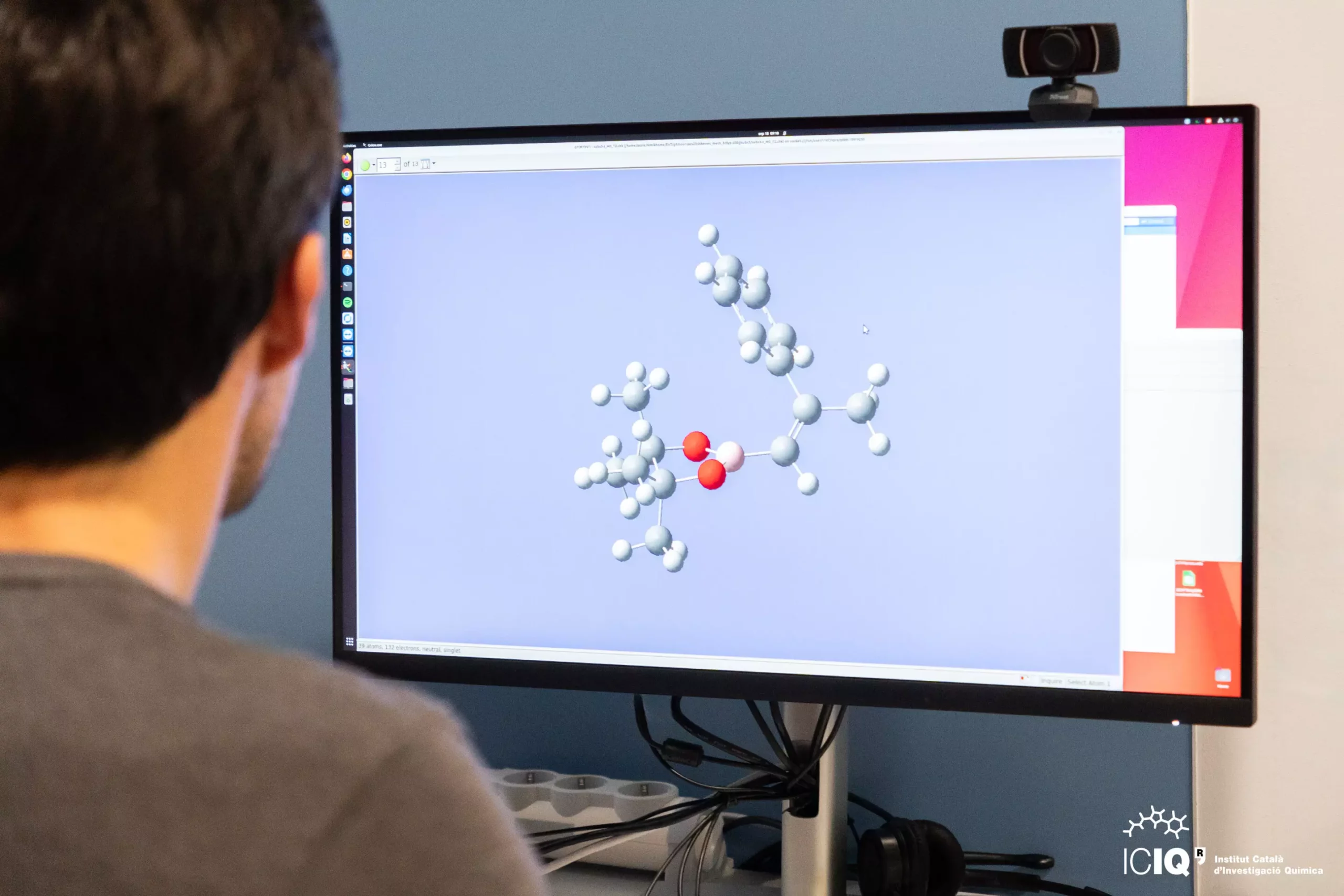The recent collaboration between Dr. Albert Solé-Daura and Prof. Feliu Maseras has significantly advanced our understanding of energy transfer (EnT) processes in photocatalysis by reapplying the well-established Marcus theory. Originally conceived to model single-electron transfer kinetics, the Marcus theory has now been extended to estimate free-energy barriers that govern EnT events. This innovative approach opens new avenues for computational research, potentially transforming the time-intensive process of experimental photocatalysis into a more streamlined and efficient endeavor.
Integration with Density Functional Theory
Crucial to the relevance of this research is its synergy with Density Functional Theory (DFT) calculations. The combination offers a robust framework for predicting EnT barriers in a manner that is both insightful and pragmatically useful. While traditional methods of analyzing these processes often rely on costly wavefunction-based techniques, the integration with DFT allows researchers to conduct larger-scale screenings without compromising accuracy. This is particularly valuable in optimizing photocatalytic systems, which require a fine understanding of the relationships between structure and activity.
Prof. Maseras’s findings also underscore the advantages of utilizing an asymmetric variant of Marcus theory. By modeling reactant and product states with parabolas of varied widths, the results yield a heightened precision in estimating free-energy barriers for sensitizing alkenes through energy transfer. In contrast, the symmetric variant leads to larger discrepancies that, while still reasonable, do not reflect the same level of accuracy. This disparity highlights the necessity for nuanced approaches when studying complex EnT phenomena.
Challenges in Modeling Energy Transfer
Despite the excitement surrounding EnT photocatalysis, the authors acknowledge that it remains an under-explored domain within computational chemistry. The challenges stem primarily from the complex nature of EnT processes, which involve simultaneous single-electron transfer events between donor and acceptor molecules. Unlike traditional chemical reactions, where bond formations and separations predominate, EnT requires a multifaceted understanding. As a result, the field has not enjoyed the same computational advancements as other areas of chemistry.
The significance of this research goes beyond theoretical understanding; it has potentially significant practical implications. Prof. Maseras points out that by refining the computational models used to predict EnT phenomena, we can expedite the pace of experimentation and lead to the design of more efficient photocatalytic systems. This could revolutionize various applications in fields such as solar energy conversion and environmental remediation, thus heralding a new era of innovation in photocatalysis.
Through their groundbreaking work, Dr. Solé-Daura and Prof. Maseras not only illuminate the complexities of energy transfer but also lay the groundwork for future advancements in photocatalytic research. The implications of their findings resonate across the scientific community, offering hope for accelerated experimental efficiencies and novel discoveries that push the boundaries of what is possible in energy transfer processes.


Leave a Reply